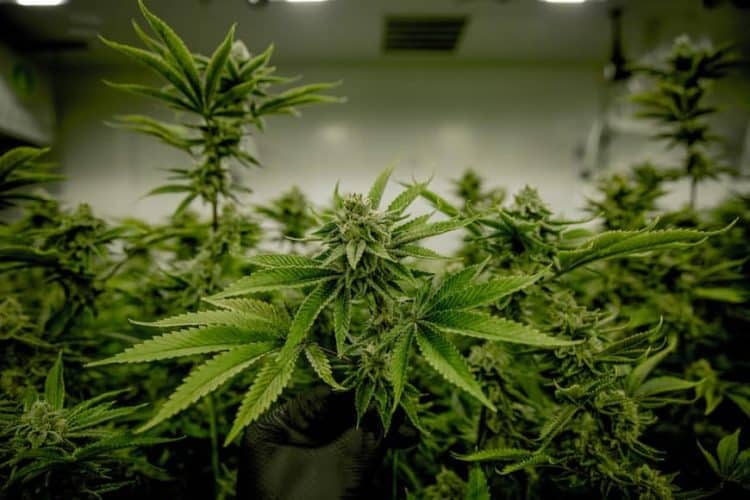In a previous blog, we discussed different strategies for post-harvest, but pre-extraction processing such as air, oven, or freeze drying of cannabis plants. These methods are critical for preserving the delicate terpenes and other constituents in cannabis, as well as preventing the proliferation of mold. Often, the next step is extraction.
Extracting cannabis components permits the concentration of target compounds for product development. Depending on the applied technique and controlling of extraction time, agitation rate, and temperature, the yield of cannabis extracts can be improved. Various extraction methods including solventless, solvent-based, and other innovative techniques can be used depending on the desired end product and the possibilities in terms of initial investement.
Solventless extractions such as dry-sieving, ice water mechanical separation, and rosin pressing are the most eco-friendly options because of the lack of waste solvent and solvent residues in the final product. Nevertheless, it can be difficult to obtain as high of yields as solvent-based extractions and to apply solventless processes on larger scales.
To extract cannabinoids and other phytochemicals from cannabis plants, it is possible to use various solvents like ethanol, propane, butane, hexane, petroleum ether, methyl tertbutyl ether, diethyl ether, olive oil, and carbon dioxide (CO2) and other gases at the sub- and supercritical state. For cannabinoids extraction, slightly polar solvents are preferred due to the more polar moieties in the molecule, while non-polar solvents are suggested to extract high molecular weight terpenes. [1] That said, non-polar sub- and supercritical CO2 can extract both terpenes and cannabinoids in sequence and in high yields due to the tunability of the technique.
Selecting the appropriate solvent, considering its temperture profile, and tuning the polarity thorugh solvent mixtures are crucial steps to maximize the yield of some particular cannabis constituents, to improve the efficiency of the process, and to minimize the solvent evaporation time after extraction. In addition, solvent toxicity and safety have to be taken into account because of possible residues in the final product and the flammabilility during the extraction process.
Soxhlet and dynamic maceration are traditional solvent-based extraction methods considered comparable to modern techniques in terms of accuracy, but they have long extraction times and require large amounts of solvents. Ultrasonic-assisted extraction (UAE) and microwave-assisted extraction (MAE) are alternative methods to perform solvent-based extractions at lower temperatures and to improve the solubility, mass transfer, and overall process efficiency.
Pressurized liquid extraction (PLE) is another technique capable of reducing solvent viscosity and facilitating solvent penetration into the plant matrix as well as the overall extract yield. Supercritical fluid extraction is an innovative method by which thermolabile molecules can be preserved during the extraction process and the selectivity can be tuned by minimal changes in pressure and temperature. While it is possible to operate at low temperatures, increasing the pressure can lead to a loss of selectivity in the final extract. This kind of extraction is considered eco-friendly because, generally, it is performed in closed-loop systems that enhable the recovery and recycling of the solvent.
While organic solvents provide adequat options to extract cannabinoids from medicinal cannabis, more studies are needed to develop other green approaches, both in research and industrial environments.
References:
[1] Lazarjani, M. P. et al. Processing and extraction methods of medicinal cannabis: a narrative review. Journal of Cannabis Research. 2021;3(1). doi:10.1186/s42238-021-00087-9
Image: https://unsplash.com/photos/lVLd6z5oVy8










